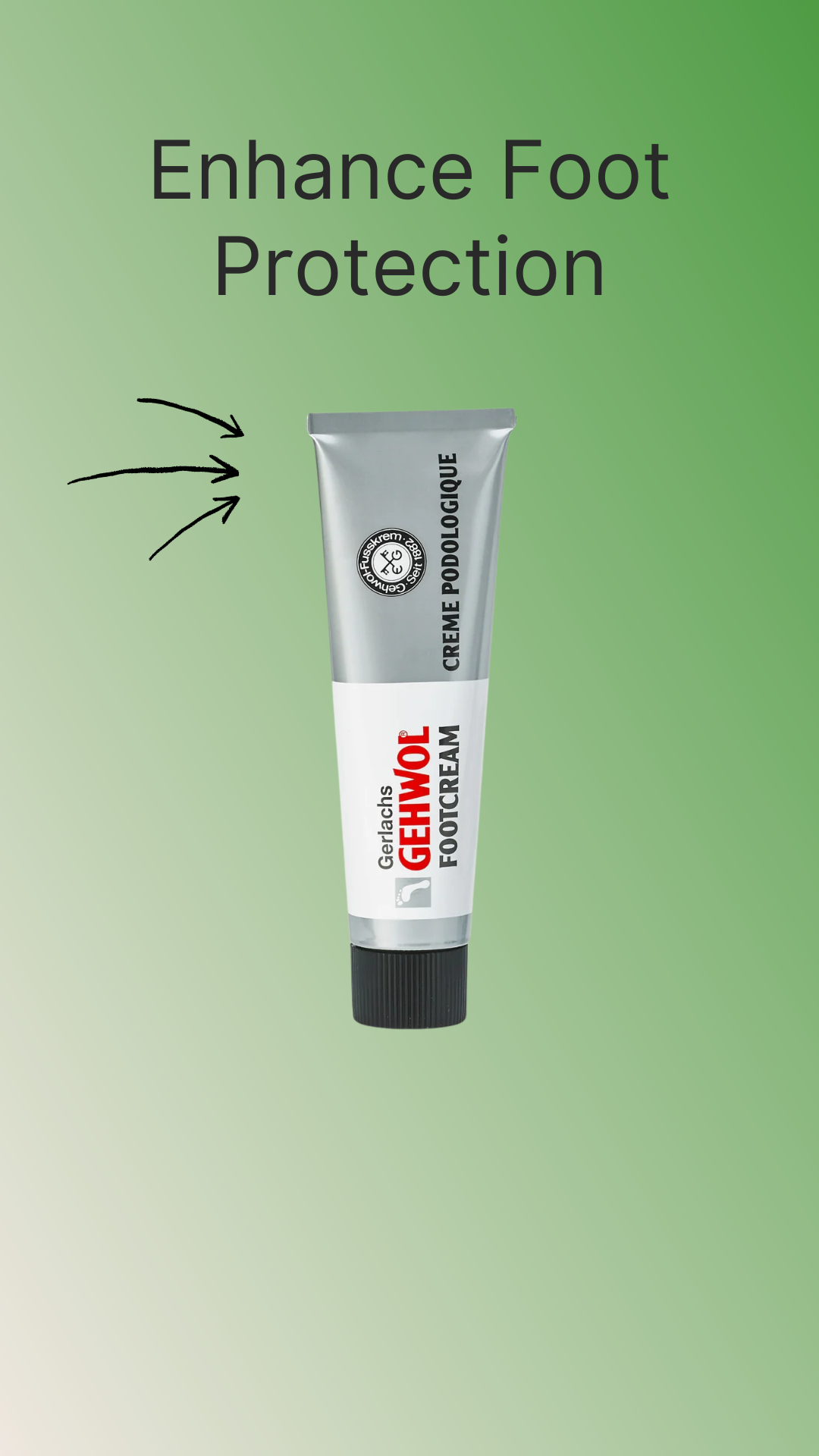Introduction
Metatarsalgia is the medical term for pain in the ball of the foot, the area just behind the toes. It’s a common condition that can affect people of all ages, but it’s particularly common in older adults, athletes, and those with foot deformities like bunions or hammertoes. Symptoms often include burning, aching, or sharp pain in the forefoot that worsens when standing, walking, or wearing unsupportive shoes.
In the UK, many people live with metatarsalgia without realising that their footwear could be making the problem worse. Shoes that are too tight, too flat, or lacking in cushioning increase pressure on the forefoot, intensifying discomfort. On the other hand, orthopedic shoes designed for metatarsalgia can make a dramatic difference.
The best shoes for ball of foot pain provide extra cushioning, rocker soles to reduce forefoot pressure, and wide fits to prevent compression. In this blog, we’ll explore why shoes matter so much, the features to look for, and how the right footwear can ease daily life with metatarsalgia.
Why Shoes Matter for Metatarsalgia
Pressure Relief
Metatarsalgia pain worsens when excess pressure is placed on the forefoot. Shoes with cushioned insoles, shock-absorbing midsoles, and rocker soles reduce this pressure, allowing the foot to move more naturally.
Shock Absorption
Each step places impact on the ball of the foot. Without proper shock absorption, this impact can aggravate pain. Orthopedic shoes absorb shock, protecting sensitive areas.
Correct Alignment
Poor footwear often contributes to uneven weight distribution. Shoes with supportive arches and firm heel counters improve alignment, reducing strain on the forefoot.
Room for Toes
Tight shoes with narrow toe boxes compress the forefoot, making metatarsalgia worse. Wide and deep toe boxes give the toes space, easing discomfort.

Key Features of the Best Shoes for Metatarsalgia in the UK
Cushioned Insoles
Memory foam or gel insoles soften impact and relieve pressure on the metatarsal heads (the bones behind the toes).
Rocker Soles
By rolling the foot forward, rocker soles reduce stress on the ball of the foot, making walking smoother and less painful.
Wide Toe Boxes
Prevent squeezing of the forefoot, especially important for people with bunions or hammertoes alongside metatarsalgia.
Removable Insoles
Allow for custom orthotics or specialist metatarsal pads if recommended by a healthcare professional.
Arch Support
Supports the midfoot and helps distribute weight more evenly across the foot.
Lightweight Design
Prevents fatigue and makes shoes easier to wear for long periods.
Seamless Interiors
Protect sensitive feet from rubbing and blisters.
Everyday Benefits of Orthopedic Shoes for Metatarsalgia
-
Pain relief: Cushioned support reduces pressure on the ball of the foot.
-
Improved mobility: Rocker soles make walking smoother and more efficient.
-
Better posture: Proper alignment eases strain on knees, hips, and lower back.
-
All-day comfort: Ideal for long shifts, errands, or social outings.
-
Confidence in movement: Supportive shoes allow wearers to stay active without constant pain.
Lifestyle Scenarios
-
Work shifts: Nurses, teachers, and retail workers with metatarsalgia benefit from cushioned shoes during long hours on their feet.
-
Exercise: Supportive walking shoes allow light activity without aggravating pain.
-
Elderly wearers: Rocker soles and wide fits prevent falls and discomfort during daily routines.
-
At home: House shoes with orthopedic features provide comfort indoors.
FAQ – Shoes for Metatarsalgia
Q: What causes metatarsalgia?
A: Common causes include wearing unsupportive shoes, overuse (especially in athletes), bunions, hammertoes, or other foot deformities.
Q: Can shoes cure metatarsalgia?
A: No, but they can relieve symptoms significantly by reducing pressure and improving foot mechanics.
Q: Are rocker soles good for metatarsalgia?
A: Yes, rocker soles reduce pressure on the forefoot and ease pain when walking.
Q: Should I use metatarsal pads with my shoes?
A: Some people benefit from pads that lift and support the ball of the foot. Removable insoles make it easy to add them if needed.
Q: Can I wear sandals with metatarsalgia?
A: Yes, as long as they provide cushioning and a wide fit. Orthopedic sandals are a good option in summer.
Q: How often should shoes be replaced with metatarsalgia?
A: Every 12–18 months, or sooner if cushioning wears down. Flattened insoles won’t relieve pressure effectively.
Final Thoughts
Metatarsalgia can make even simple activities painful, but the right footwear offers effective relief. The best shoes for metatarsalgia in the UK provide cushioning, rocker soles, wide toe boxes, and supportive structures—all designed to reduce pressure on the ball of the foot and improve walking comfort.
For anyone living with this condition, investing in orthopedic footwear is one of the most effective ways to ease daily pain and maintain independence. With modern designs available, supportive shoes can be both functional and stylish—helping people move confidently and comfortably again.



